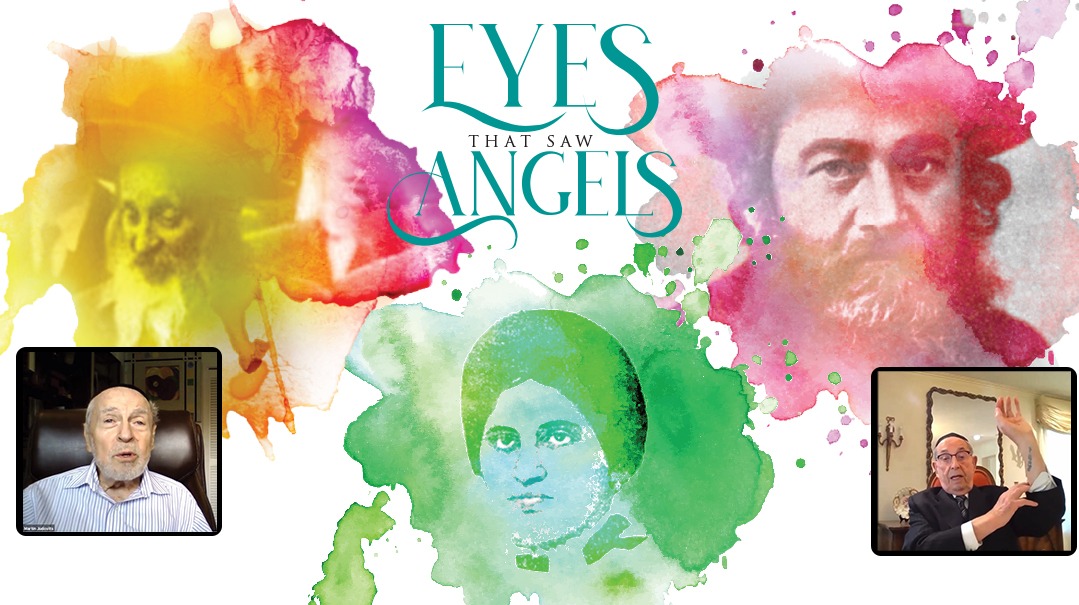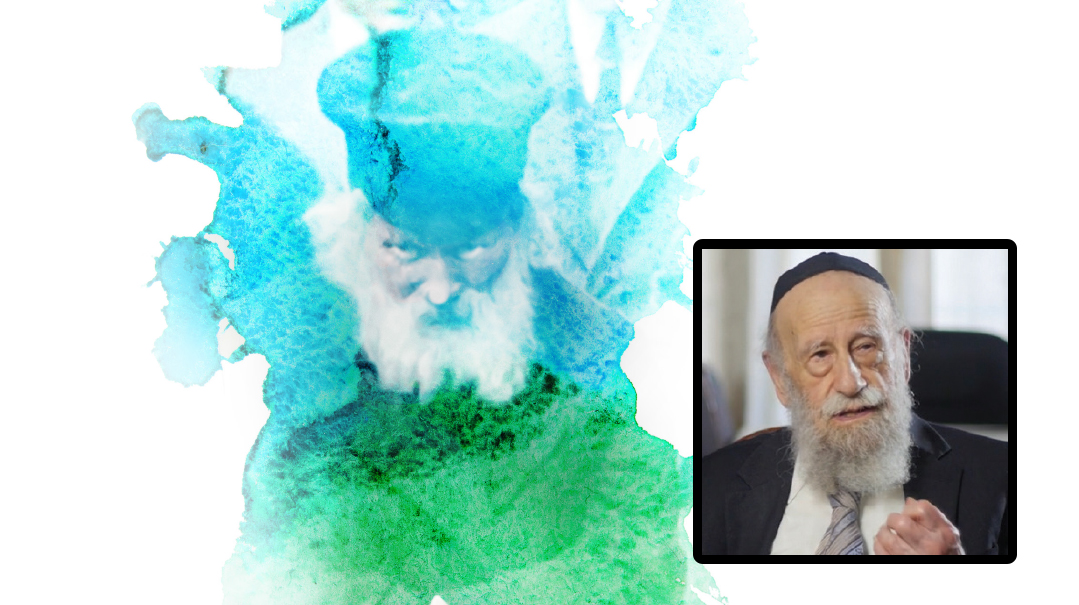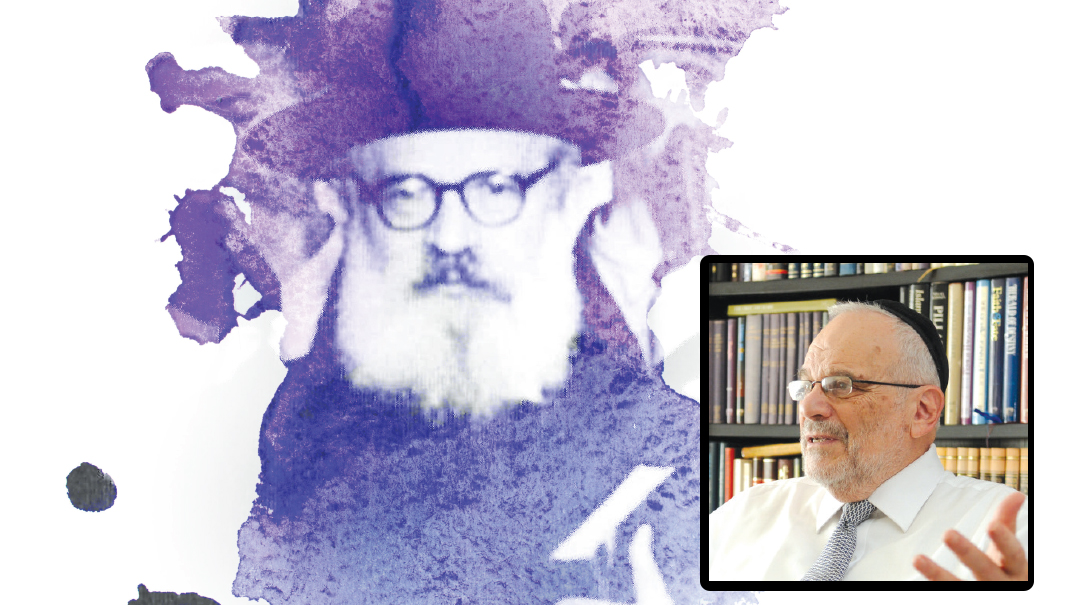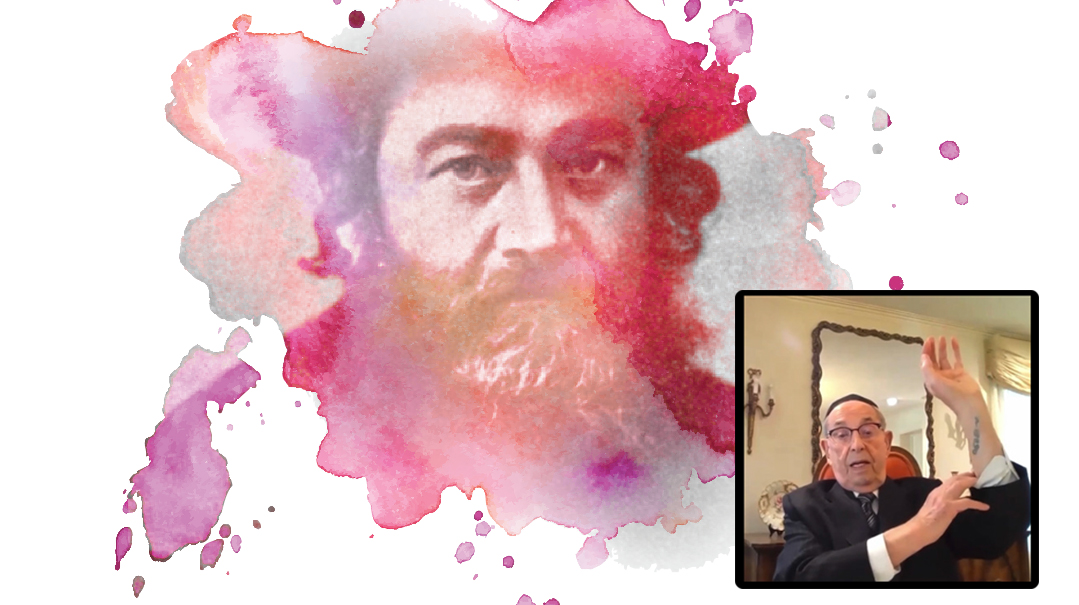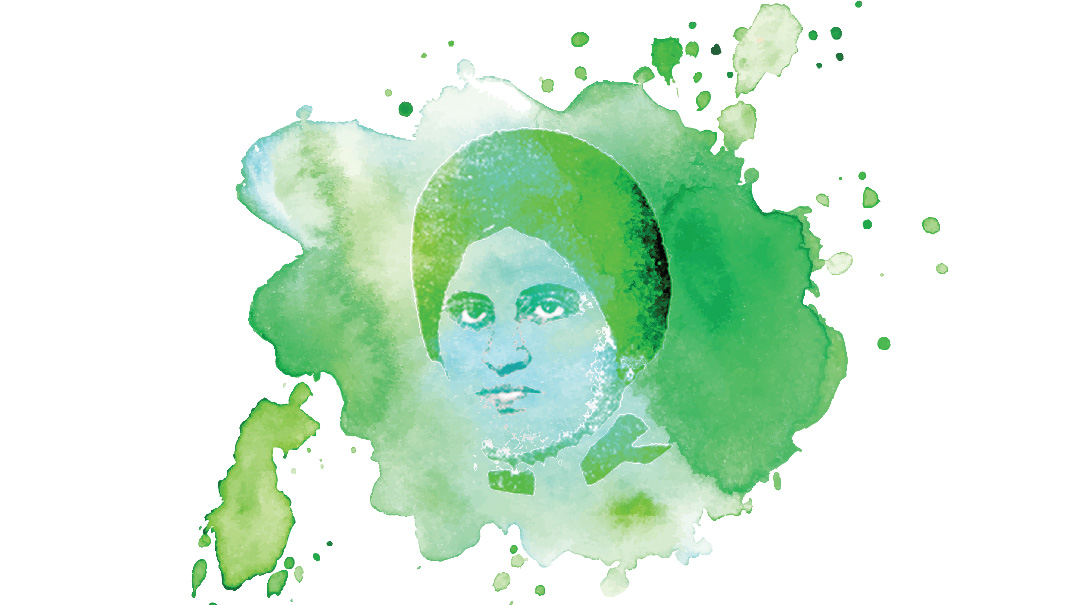Princes of Torah
| March 23, 2021Venerable individuals still among us share their recollections of personal encounters with yesteryear's giants
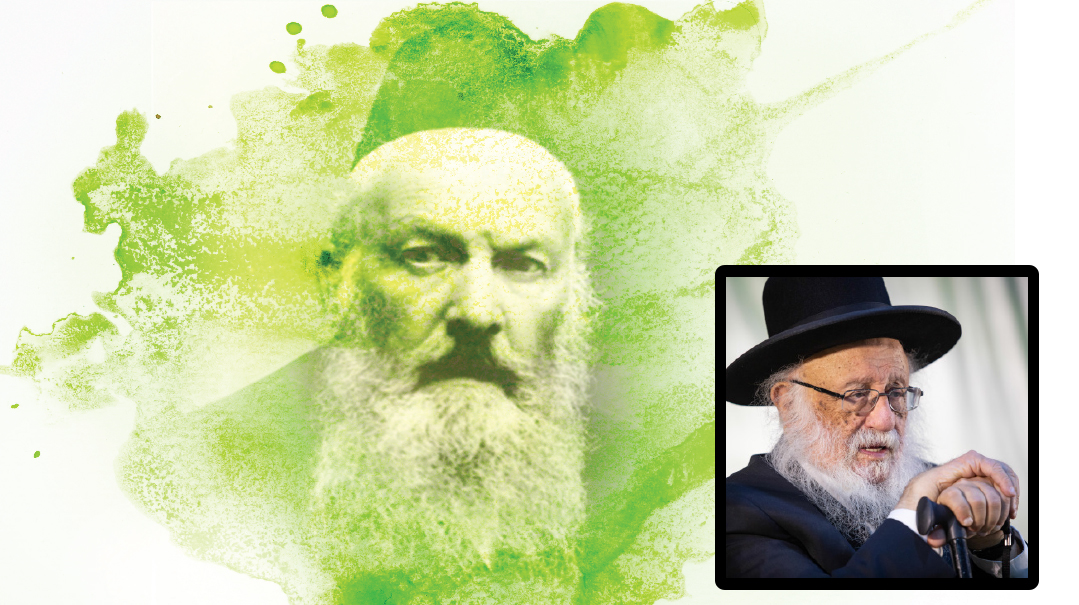
Rav Berel Povarsky
Bnei Brak, Israel
Eyes that saw Rav Elchonon Wasserman
The Ponevezh rosh yeshivah, Rav Berel Povarsky shlita, grew up in Baranovich, which belonged to Poland at the time. His father, Rav Dovid Povarsky, studied in a kollel affiliated with the Ohel Torah Yeshivah of Rav Elchonon Wasserman. When the war broke out, the family spent a yearlong stint in Vilna. Though he was only ten years old when he and his family escaped from Europe, Rav Berel still vividly remembers the princes of Europe’s Torah world that he met during his youth.
During his years in Baranovich, Rav Dovid Povarsky had a daily chavrusa study session with Rav Elchonon Wasserman. This brought the young Berel into close contact with the gadol hador. “I may be one of the only ones left who saw Rav Elchonon,” he says. “I saw many great people throughout my life and yet Rav Elchonon stands out in stature.”
Young Berel listened when his father would describe the learning style of his prestigious chavrusa. Before he’d get engaged in any long discussion or analysis, Rav Elchonon would immediately write down his first impression of the sugya. That initial flash of inspiration was ultimately the true pshat that Rav Elchonon coveted. And it later became an iconic sefer. “My father saw the Kovetz He’aros being written, when it was still in its embryonic stages.”
Rav Elchonon delivered a shmuess in his home every Motzaei Shabbos before Maariv. As a child, Rav Berel would accompany his father to the shmuess. “As the only child present, my weekly job was to hold the Havdalah candle for the Rosh Yeshivah.”
When little Berel began learning Chumash in the local cheder, Rav Elchonon called him over and asked if Adam Harishon was a Jew or non-Jew. “I thought a few moments,” Rav Berel recalls, “and then replied that he most probably was not Jewish, because if he was a Jew then how are there any non-Jews in the world! Rav Elchonon was happy with my answer.” Rav Berel pauses in reflection. “That’s how he was. Everyone loved him, and he reciprocated that love. He was like a father to everyone. Anyone who studied in Baranovich felt very connected to him.”
And they felt, too, that his word was law. Once Rav Dovid returned home soaking wet from his chavrusa session with Rav Elchonon. At the end of their daily learning, they would generally walk together. When Rav Dovid suggested to his esteemed chavrusa that they forgo their walk due to heavy rain, he responded, “Where is it written that it’s forbidden to walk in the rain?” So they walked. Because, after all, Rav Elchonon had said that one can walk in the rain….
Baranovich was home to several other notable Torah leaders: the saintly mashgiach Rav Yisroel Yaakov Lubchansky, as well as the Slonimer Rebbe Rav Shlomo Dovid Yehoshua Weinberg. The latter was also the head of a local chassidic yeshivah called Toras Chesed, making Baranovich host to two prestigious yeshivos. Like Rav Elchonon, the Slonimer Rebbe was also active in Agudas Yisrael.
Another personality recalled by Rav Berel is Rav Dovid Rapoport, author of the Mikdash Dovid. As a child of eight, little Berel would regularly witness Rav Dovid leaving yeshivah after Minchah, heading home. “His mind would often be so preoccupied with the sugya he was learning that he would walk the streets of Baranovich lost in his thoughts. By the end of his journey, he was right back at the yeshivah where he started.We saw an authentic expression of ragli molichos osi l’beis hamedrash — my feet lead me instinctively to the beis medrash.”
Shortly after the war began, the Povarsky family joined the throngs of refugees desperate to reach Vilna. During their year or so of residence in this historic Jewish city, ten-year-old Berel was privileged to see Rav Chaim Ozer Grodzinski, a memory that remains forever etched in his memory.
On 5 Av 1940, Rav Chaim Ozer was niftar and the entire religious community of Vilna attended the levayah. “My father lifted me up and placed me on a window ledge inside the big shul,” he remembers. “This way I was able to witness the entire levayah. The first hesped was to be delivered by the senior dayan of the Vilna Beis Din and one of the ziknei hador, Rav Chanoch Henich Eigesh, the Marcheshes. I remember him standing there heavily weeping. As the tears streamed down his face, he couldn’t get a word out. He just continued to cry until his strength was sapped, and he descended the podium. That was his hesped, a eulogy I cannot forget.”
Yehuda Says
Rav Yisroel Yaakov Lubchansky was the son-in-law of Rav Yosef Yoizel Horowitz, the Alter of Novardok. The Baranovich Yeshivah, where he served as mashgiach, was originally a branch of the Novardok mussar yeshivah network. Rav Lubchansky was a Baranovich native and served for a time as the rabbi of the town. As part of that role, every Friday afternoon he’d approach the local shopkeepers and beg them to close up for Shabbos. He and his wife did not merit offspring, and were killed by the Nazis during the Holocaust.
(Originally featured in Mishpacha, Issue 854)
Oops! We could not locate your form.






